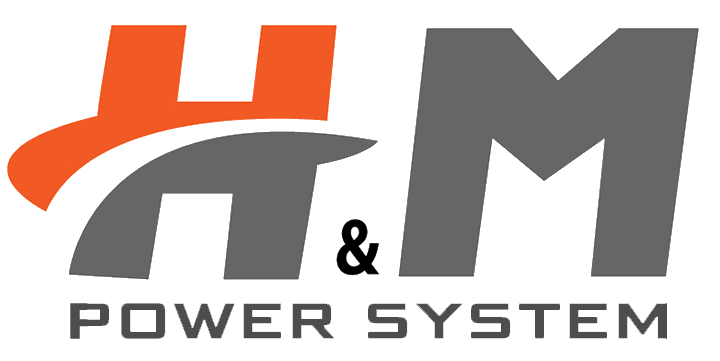Solar Panels Installation Process
The most frequent location for solar panel installation is on the roof. Almost all roofs may be installed to provide panels with the maximum amount of sunshine. The procedure for mounting solar panels on a roof is described below:
Set Up Scaffolding: In order to ensure safety when performing the Installation while on the roof, you must first create scaffolding.
Install Solar Panel Mounts: Next, the system for installing solar panels needs to be assembled. The solar panels’ foundation will be supported by this. To receive the most sunlight, the entire mounting structure must be inclined at an angle of 18 to 36 degrees.
Install Solar Panels: The solar panel itself needs to be mounted on the mounting framework after the mounts are set up. You ensure that it remains stable, make sure to tighten all the bolts and nuts.
Install Electrical Wiring: The next stage of installation is to install the electrical wiring for the solar panels. MC4 connectors are typically utilized since they are appropriate for all types of solar panels. While installing the wiring, be sure to switch off the power to the house.
Install Solar Inverter: Next, the system’s solar inverter needs to be connected. It is often placed around the main panel and may be either inside or outdoors. Inverters work better when stored in a cooler atmosphere. If the inverter is outside, it needs to be protected from the midday sun. If it is installed indoors, the garage or utility room are typically the best locations because they have airflow and stay cool for the majority of the year.
Bond Solar Inverter and Solar Battery: The Solar Inverter and Solar Battery must then be connected. Thanks to solar battery storage, which can also lower installation costs for solar battery storage systems, you won’t have to worry about running out of useful energy on cloudy days.
Connect the Inverter to the Consumer Unit: In order to produce power, the inverter needs to be connected to the consumer unit. To track the exact amount of electricity the solar panels generate, a generation meter must also be connected. You can assess the performance of your solar system using a computer or other gadget. For instance, you may determine the best time to use your washing machine or other utilities by looking at how much electricity you produce at various times.
Start and Test Solar Panels: Solar panel system startup and testing is the last step before the system is fully operational. The installation of the solar panels is then finished.
Solar Panel Maintenance
Because there are no moving parts, solar panels require very minimal maintenance. Once you have paid for their installation, the Maintenance expense of solar panels is not prohibitively high. Having said that, you should check them periodically each year for debris or other objects that may have accumulated on top. It’s critical that the panels are spotless and that nothing is obstructing their ability to absorb sunlight effectively. Before attempting to clean the panels on your own, talk with your installer about the warranty conditions. Some solar panel manufacturers might void the warranty if any self-cleaning is performed.
Conclusion
Despite the hype of Solar Panels, it is necessary to know even minute details about the Installation and Maintenance of the solar panel systems. It is very important to know all the essential steps and the way you have to keep the system so that it can keep on working efficiently.
